In recent weeks, overly dense and cluttered clumps of hellebores were thinned from an area that drains from the earliest planted hellebores in the garden. A Chinese dogwood interrupts the flow of rainwater, and here a layer of silt and leaf litter has collected that is apparently ideal for hellebore seedlings. As is often the case, a complete accident has created a splendid scene, but one that was becoming over crowded.
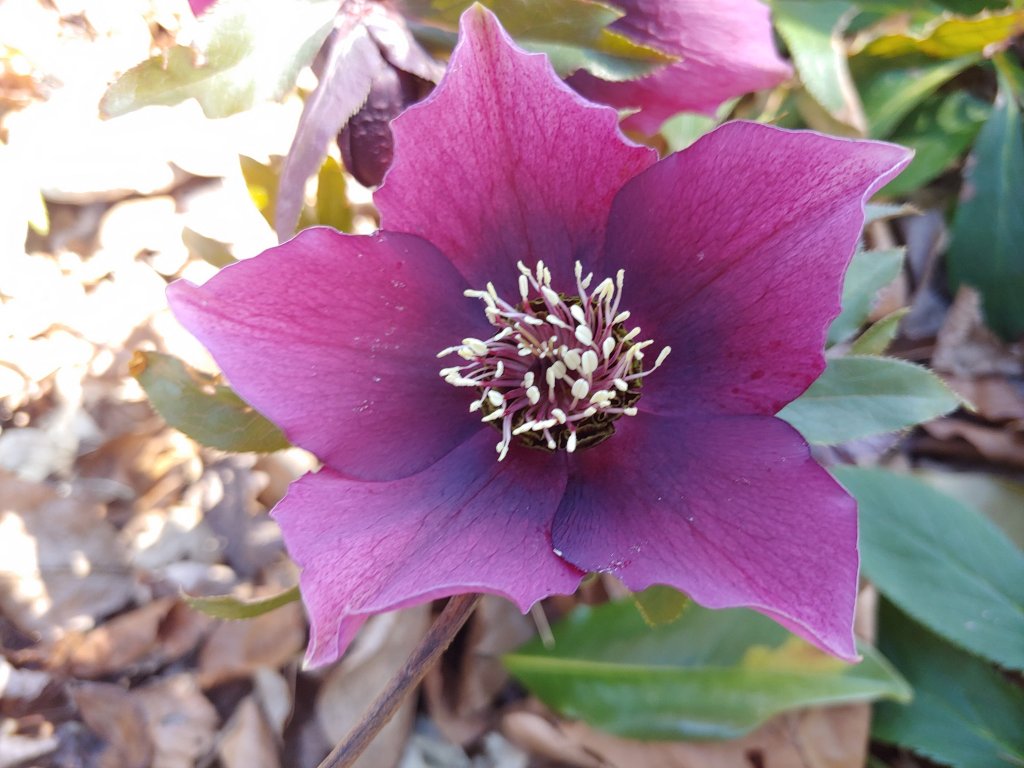
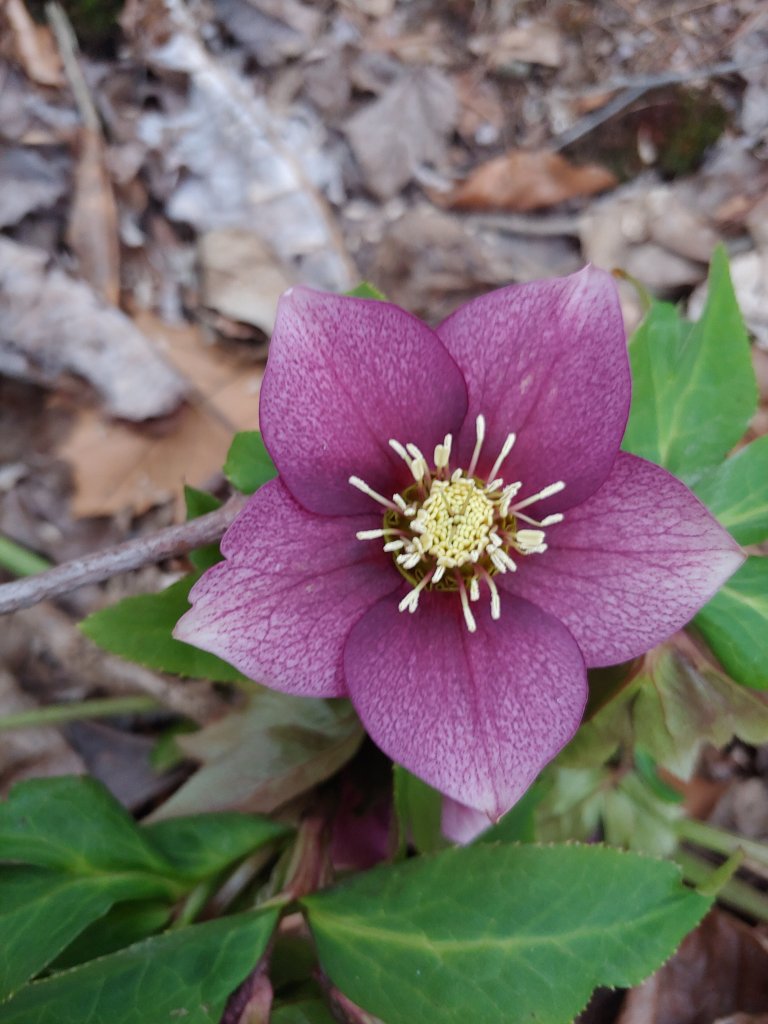
There are only seedlings in this area, no planted hellebores, but all from seed germinating in the silt and leaf litter. The clumps were undisturbed, with mature plants and tiny new seedlings until recently, when I became particularly impatient with the long winter and roamed the garden looking for anything that could be done while ground in much of the garden was frozen. Of course, beneath inches of matted leaves the ground was thawed. The garden knife quickly dug handfuls of the heaviest hellebores in bud and mid winter bloom, which were then planted beneath bare stemmed shrubs.
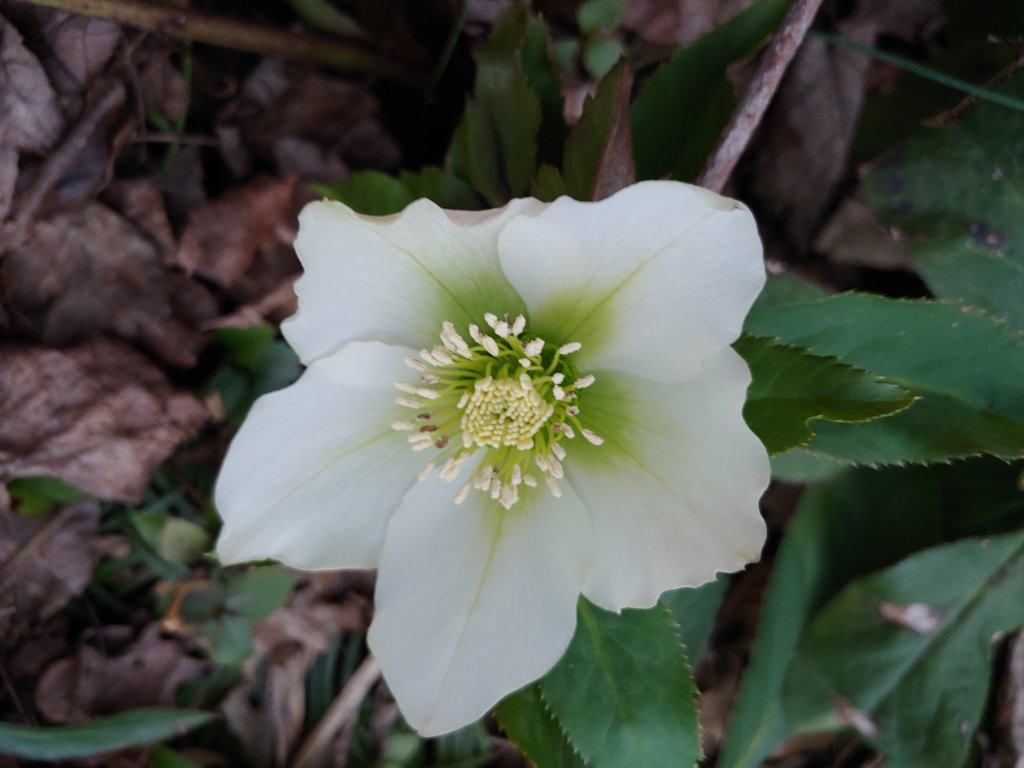
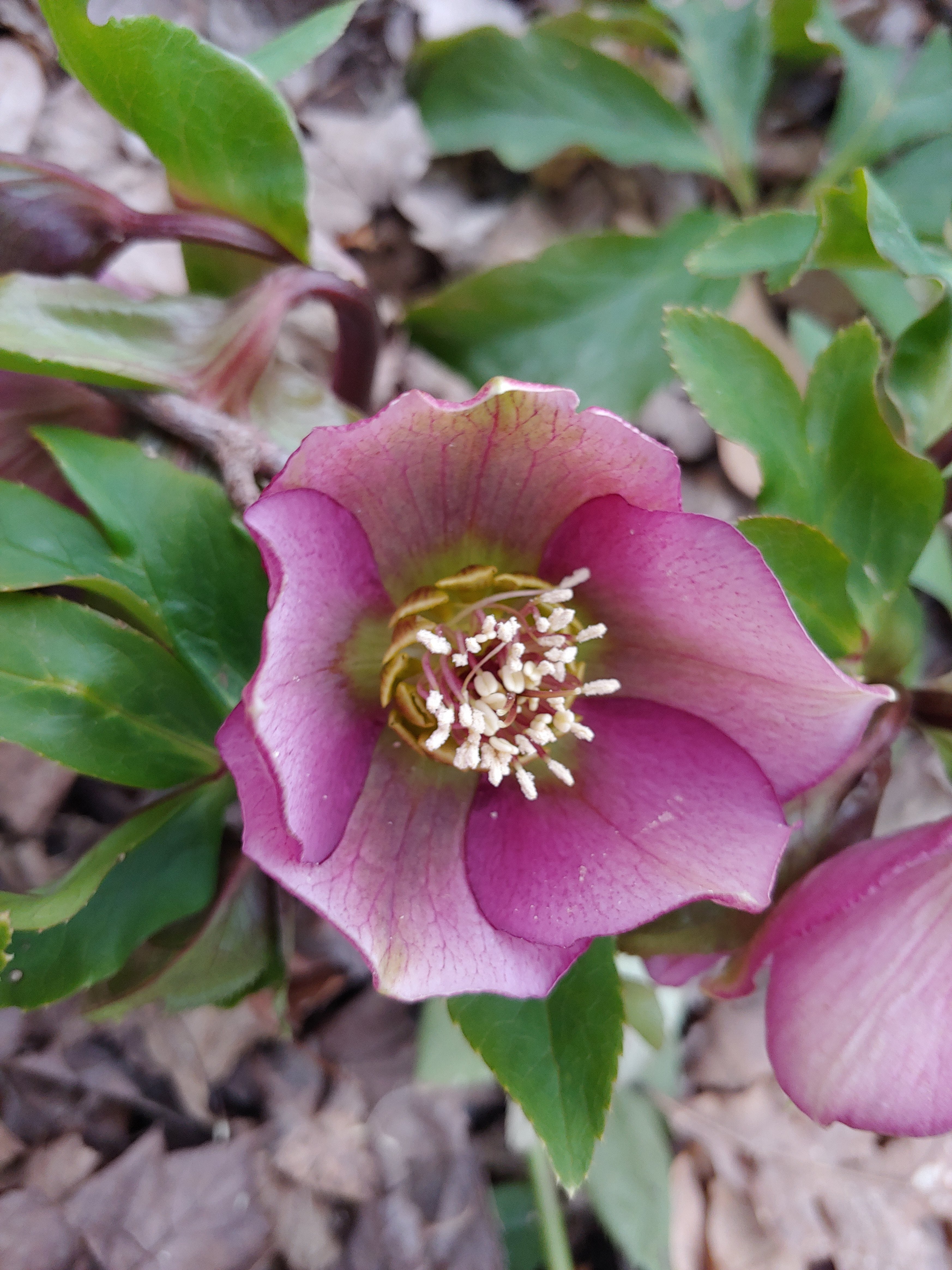
The flowers of seedlings that were dug, and others transplanted in prior years, are not substantially different from parent plants, though slight variations are seen. I expect no seedling is worthy of distribution, except for sharing with our sons and acquaintances who are unconcerned with acquiring named varieties. In any case, these are treasured for spreading winter flowers more widely in the garden. A flower in January is highly prized, no matter that it is a seedling or a thirty dollar new introduction.
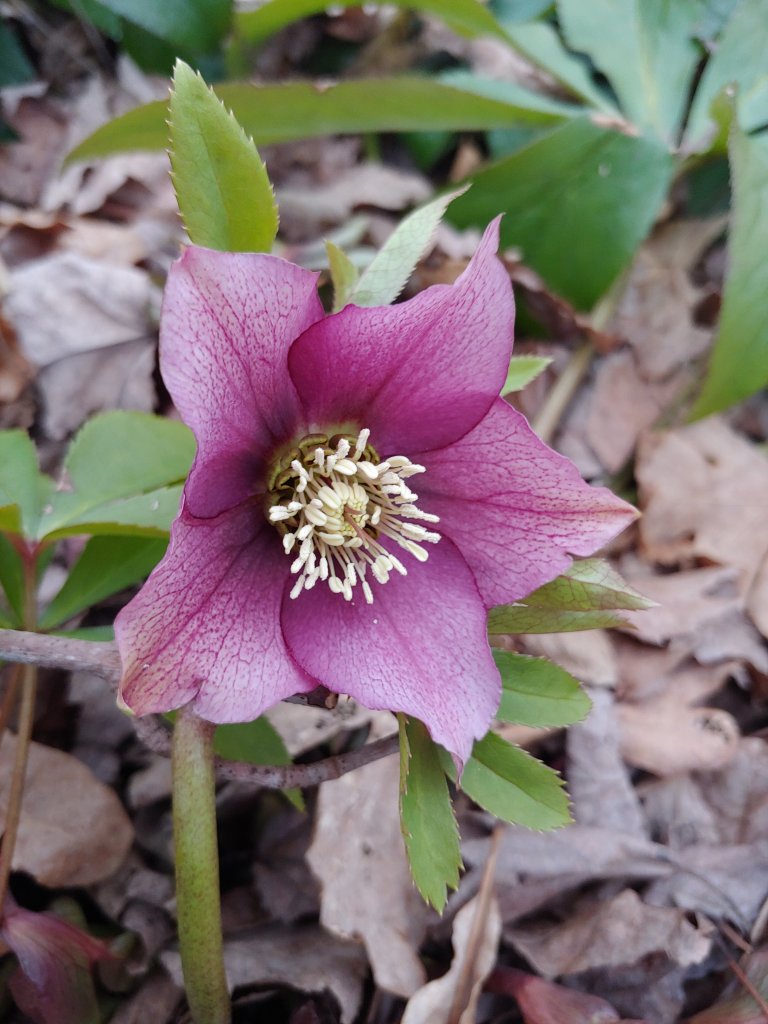
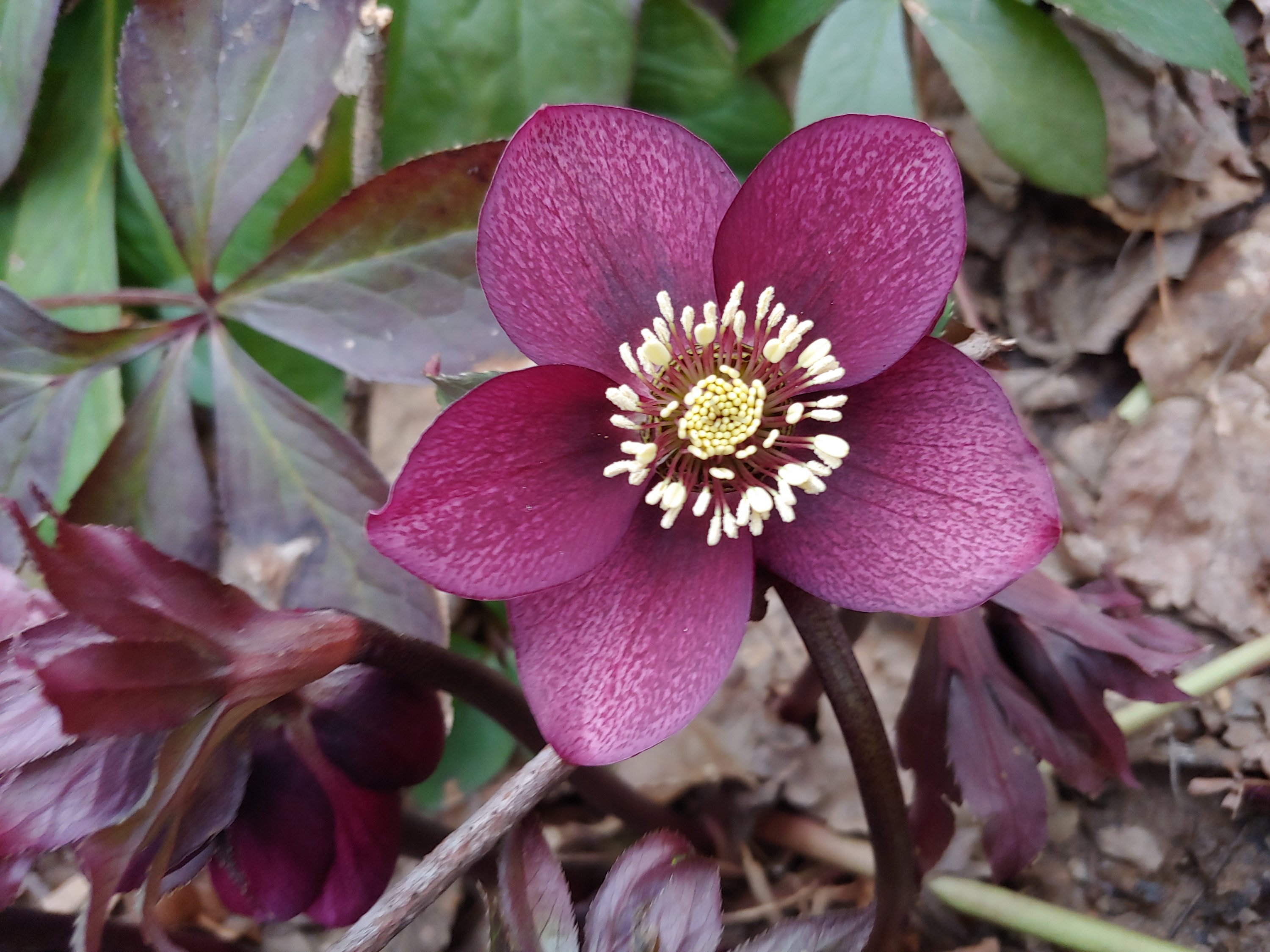
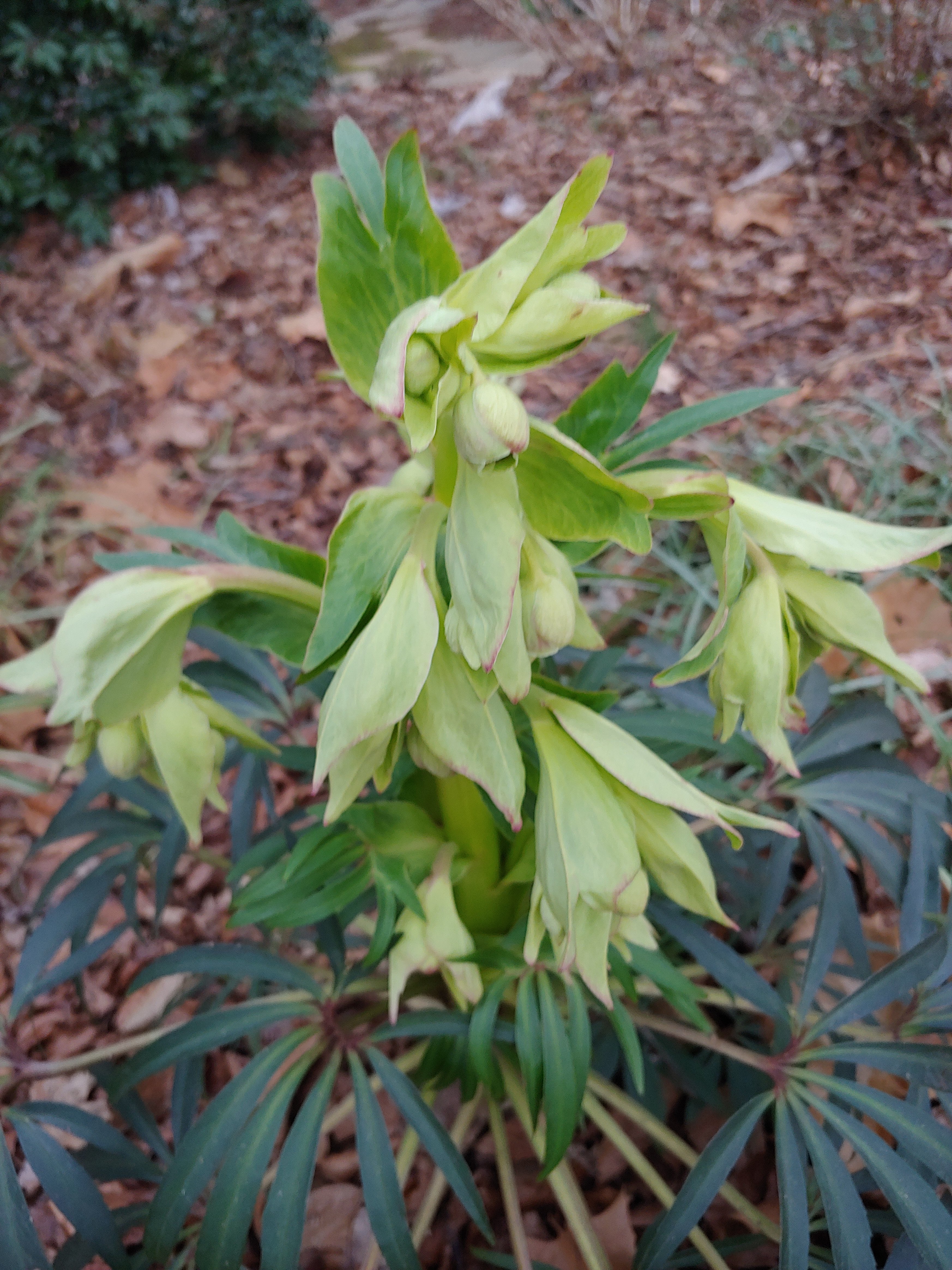
Those really are beautiful! You’re inspiring me to move some of my own (many) self-sown hellebores this weekend. Like you, I plan to put them under some shrubs that need a petticoat of foliage and flowers (in my case, some old boxwoods).
I see a few blooms peeking out from piles of leaves, so there will be a few more to be moved in the next few weeks. I’ve added a very informal stone path this winter and once eucphorbias and other perennials come up there will be a few spaces to fill.
Any doubles among your blooms? I especially like doubles.
Also, so many of my hellebores bloom face down. Were yours selected because they bloom face up?
There are a number of doubles, which I suspect are sterile since there are no double flowered seedlings. Several have flowers that are held more upright, but again these do not seed.
Ours look like these, although I am not certain which are feral, and which might be the original varieties. I really do not know if any of the original varieties remain. No one knows how long they have been there. I do not like hellebores much, because they do not do well here, but they look rather nice this year.
Hellebores perform well in our moderate cold, I suspect better than in areas with less chill. There are few winter flowers here, and most gardens have none, so hellebores are gaining favor.
Exactly! They were something of a fad earlier, but no one seems to ‘get it’ that they do not perform as well here as they do in other climates, probably because of the minimal chill, and the minimal humidity during warm weather. They are exceptionally happy this year, although I can not explain why.